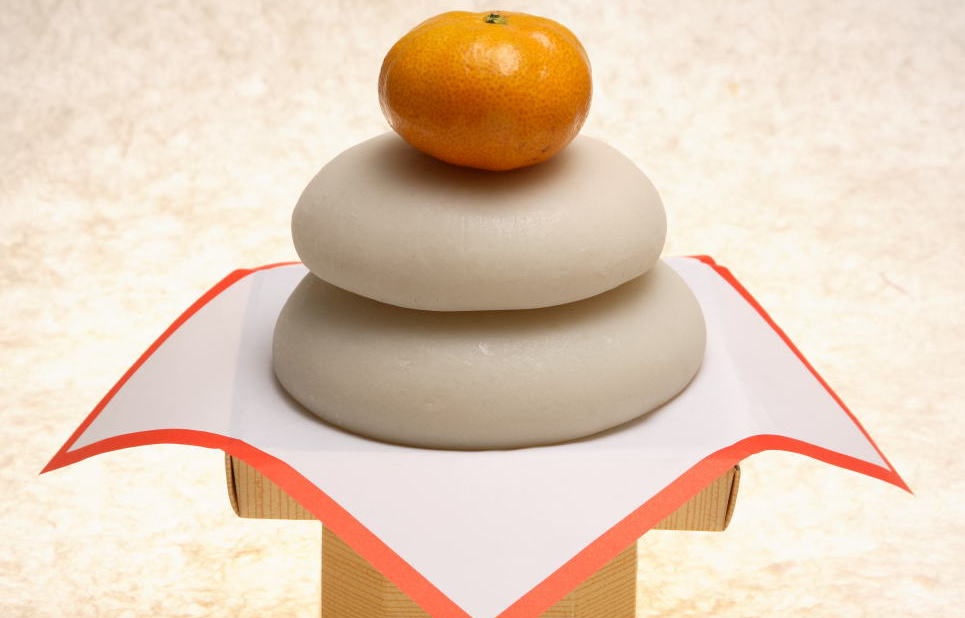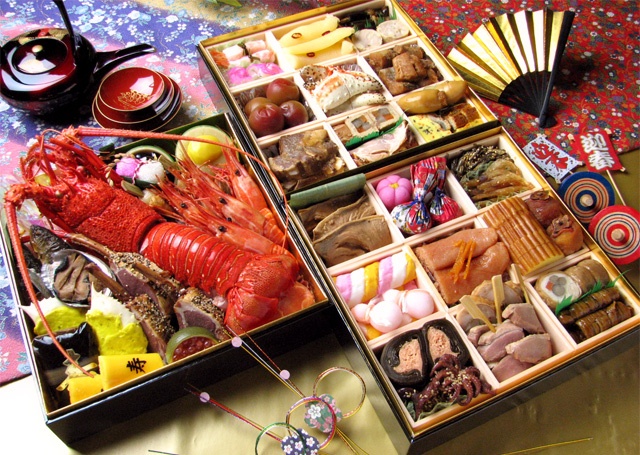7 Japanese New Year's Traditions Explained
With its focus on family and tradition, many Japanese people take the first three days of the year off to travel back to their hometowns and take part in festivities embedded in centuries of culture and meaning. Let's take a look at some of the popular Japanese New Year traditions and uncover the spiritual symbolism and superstitions behind them.
By SoraNews247. Why are there 2 ways to write New Year’s Day in Japanese?

http://en.rocketnews24.com/2013/12/30/the-meaning-of-the-mandarin-and-6-other-japanese-new-year-traditions-explained/
Both ganjitsu and gantan mean “New Year’s Day” in Japanese. Commonly used on New Year’s cards to mark the first day of the new calendar year, there’s actually a slight variation in meaning due to the different kanji (Chinese characters) in each expression.
The second character in ganjitsu (jitsu) means ”day” in Japanese, giving the impression of “first day,“ while the second character in gantan (tan) refers to sunrise, emphasizing the notion of “first sunrise,“ which is quite significant, given that many Japanese people will watch the sunrise with friends and family at the crack of dawn on January 1.
6. What’s with the bamboo and pine decorations at the door?
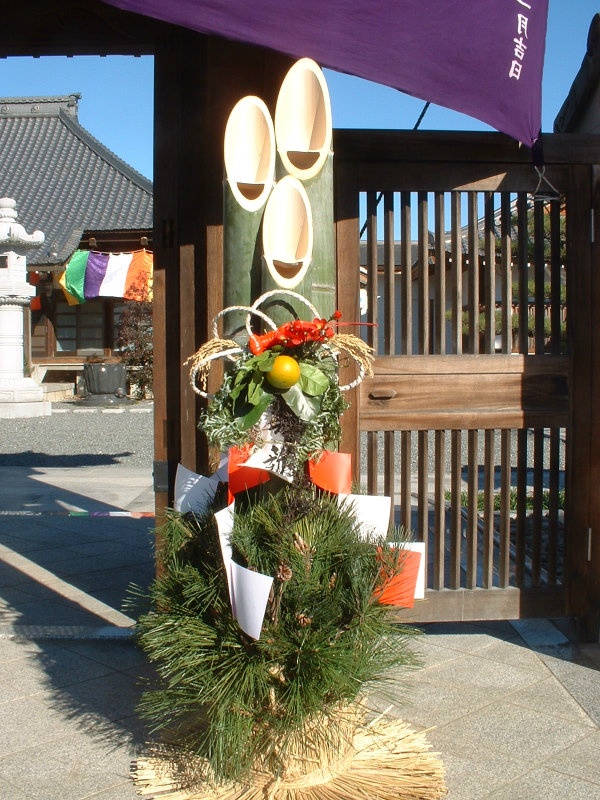
http://en.rocketnews24.com/2013/12/30/the-meaning-of-the-mandarin-and-6-other-japanese-new-year-traditions-explained/
The start of the year is a spiritual time for Japan, when New Year’s gods are said to descend from the heavens and exist in the earthly realm. In order to guide the gods toward them, many households, businesses and sacred sites put up pine and bamboo decorations known as kadomatsu on either side of entranceways.
The decorations, with multi-tiered bamboo shoots representing heaven, earth and humanity, are believed to attract the gods and draw in the lucky spirits. The gods dwell in the pine until January 7, after which time the decorations are taken to a shrine to be burnt, releasing the spirits back to their realm.
5. Why is it called 'kagami-mochi' (mirror rice cake)?
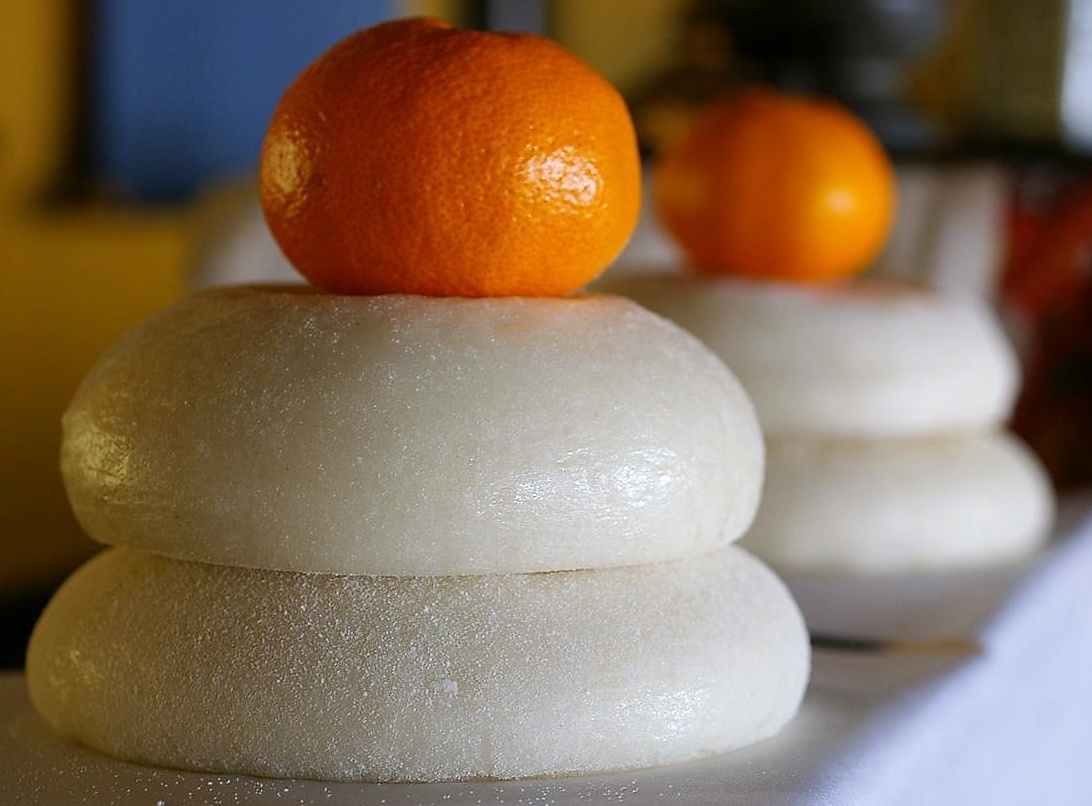
https://commons.wikimedia.org/wiki/File:Kagami_mochi_by_tamakisono.jpg
The New Year’s rice cake is another festive item said to contain the spirit of the gods. Its round shape is an homage to one of the holiest items in all of Japan, the mirror of the sun goddess Amaterasu. According to Japanese mythology, the earth went dark when Amaterasu retreated from the world and hid in a cave. The sun goddess was eventually drawn out from the cave in part with the use of a mirror that attracted her with the beauty of her own reflection, which she had never before seen, ultimately bringing light back into the world. With its round, mirror-like shape, kagami-mochi symbolizes the renewal of light and energy present at the start of a New Year.
4. Why is there always a mandarin on top of New Year’s rice cakes?
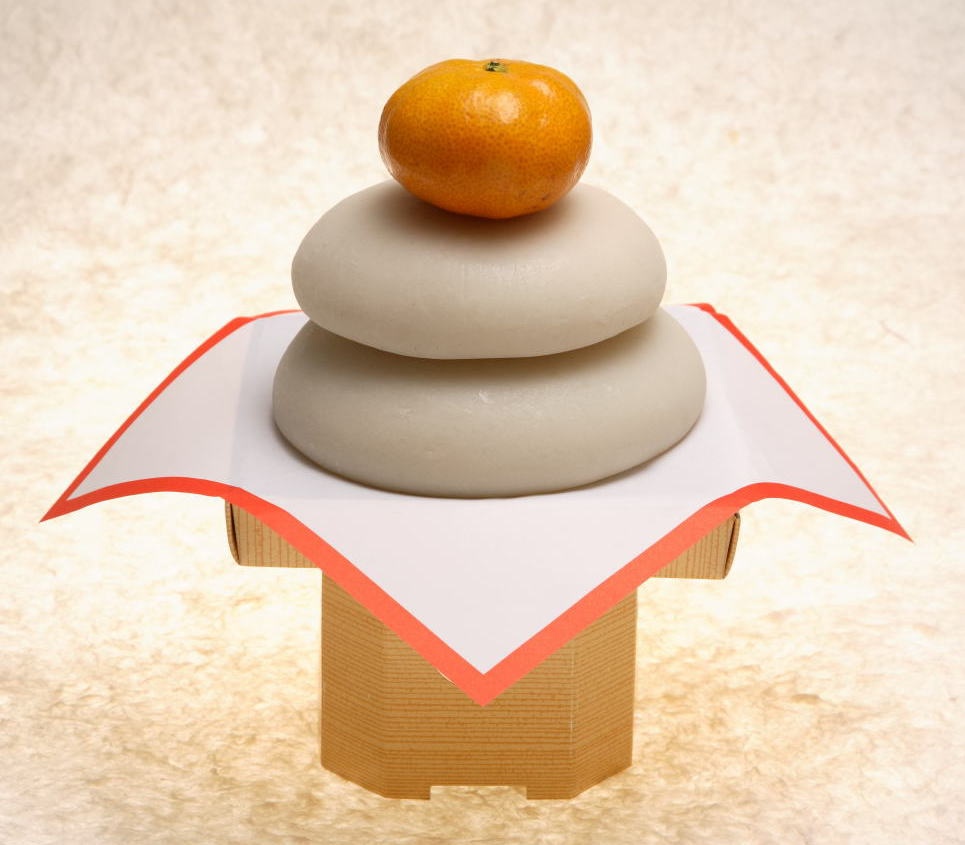
http://en.rocketnews24.com/2013/12/30/the-meaning-of-the-mandarin-and-6-other-japanese-new-year-traditions-explained/
Kagami-mochi is made from two round layers of pounded rice, or mochi, and commonly crowned with a bright orange Japanese mandarin called a mikan. This last is actually a modern addition, as traditionally these cakes were adorned with a different citrus fruit known as daidai. Daidai are considered auspicious, as the meaning of the word can be translated to “generation after generation,” representing the family’s wish for a long and prosperous bloodline. However, as the daidai fruit is large and bitter, the more palatable and proportionally pleasing mikan became widely used, while still retaining the daidai notion of health and longevity.
3. Why are festive chopsticks tapered at both ends?

https://upload.wikimedia.org/wikipedia/commons/f/fe/Iwaibashi.JPG?uselang=ja
Festive chopsticks, known as iwaibashi, are made using wood from the willow tree, which has been considered sacred since ancient times. The thickness of the middle is said to represent a full straw bag, which suggests a bumper crop of rice, while the tapered ends indicate that the chopsticks can be used to eat with from either side. When using the chopsticks, however, only one end should be used for eating as the other is reserved for the gods present at the feast.
2. What’s the significance of drinking special spiced sake?
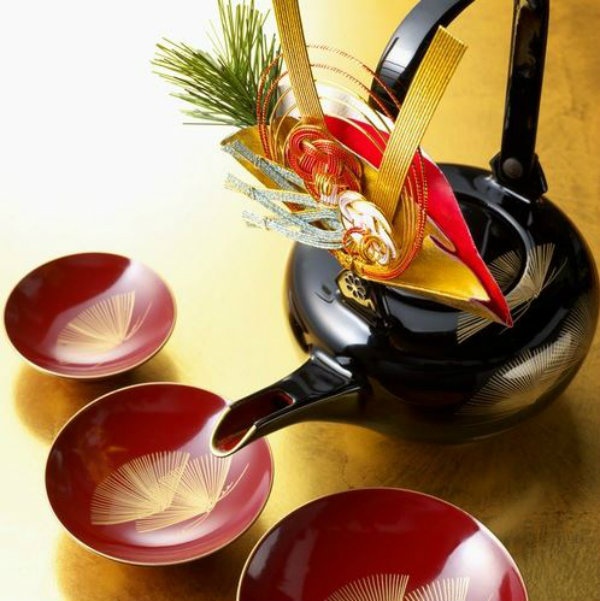
http://en.rocketnews24.com/2013/12/30/the-meaning-of-the-mandarin-and-6-other-japanese-new-year-traditions-explained/
Traditionally served on New Year’s Day, this special sake is said to expel last year’s bad luck and help with health and longevity in the New Year. Known as O-toso, the medicinal herbs used in this mixture are said to assist digestion and protect against colds, perfect for the winter feasts of the New Year. The sake is served from a lacquered pot and poured into three different-sized shallow drinking cups that each family member sips from in order of smallest to largest. Guests who visit in the New Year are also offered the special sake as a way of extending the wish for their health in the New Year.
1. What’s the meaning behind the traditional New Year’s holiday food?
Osechi-ryori, the traditional New Year’s holiday food in Japan, has a long tradition stretching back to the Heian Period (794-1185). Originally, it was considered taboo to cook meals on a hearth during the first three days of the New Year, so stackable boxes filled with long-lasting food items were prepared by December 31 for consumption over the first three days of the year.
Whether you’re in Japan at the moment or thinking about visiting in the future, New Year’s is a great time to take part in some unique events and learn more about the finer aspects of Japanese culture. Wherever you are, we hope you have a good New Year's and wish you all the best for the coming year!
Related Stories:
Kit Kat celebrates the Year of the Monkey with special Chinese Zodiac packages
Get a taste of the Mushroom Kingdom this New Year with a Super Mario Bros. themed bento box
Six non-traditional osechi New Year’s meals in Japan


